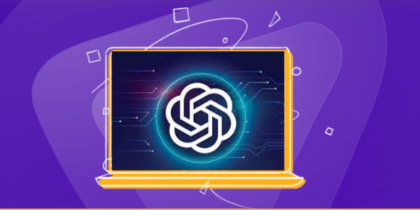A conservative Canadian online magazine, The Post Millennial, has recently fallen victim to a significant cyberattack. This breach, compromising the personal data of nearly 27 million people, serves as a reminder that even the most established news outlets are not immune to hacking attempts.
So, what information was exposed? Who is affected? Find out more details about the Post Millennial hack below!
The Scope of the Data Compromise
Earlier this month, the digital platforms of The Post Millennial, along with its affiliate in the Human Events Media Group, were hacked. These platforms were manipulated by unauthorized parties, who defaced the websites with fake announcements purportedly from the site’s editor, Andy Ngo.
This breach extended beyond mere vandalism; it also involved the theft of critical data. The attackers claim responsibility for extracting a vast array of sensitive information, including
- Full Names
- Email addresses
- Usernames
- Account Passwords
- IP addresses
- Phone numbers
- Physical addresses
- Genders
The stolen data pertains to writers, editors, and subscribers, exposing them to serious privacy threats. Troy Hunt of Have I Been Pwned promptly added the compromised information to their website.
However, Hunt clarified that the authenticity of the data originating directly from Human Events or The Post Millennial remains unconfirmed. Meanwhile, the leaked data spread across hacking and torrenting forums in no time.
Prevention and Protection Measures
The Post Millennial has yet to make a formal public statement concerning the cyberattack or the potential data exposure. For those potentially affected by this breach, it is advisable to immediately update passwords and closely monitor account activities.
Considering the nature of the data exposed, make sure to approach all incoming communications (whether via email, calls, or SMS) with utmost vigilance to avoid the risk of further compromises.
Final Word
While the damage of the hack is done, the risk lingers. Act swiftly by changing your passwords, enabling two-factor authentication, and monitoring your online accounts for any suspicious activity. Protecting yourself now can prevent further harm and keep you safe from future threats!








